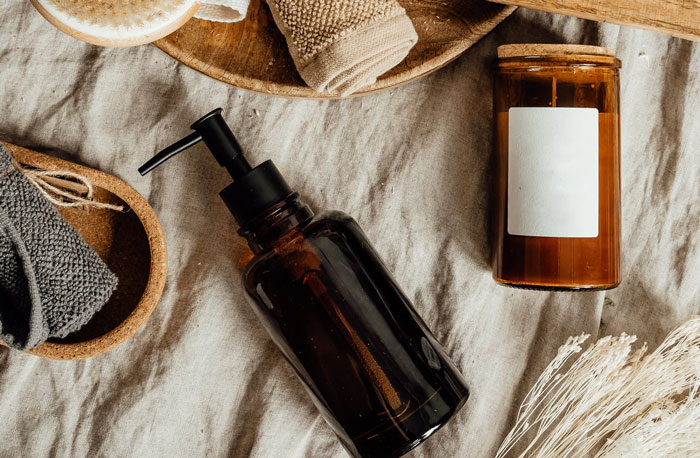What is the difference between face cream and body cream? After all, it may seem so convenient to use a universal composition for both the body and the face. Is it possible to apply body lotion on your face? Let’s find out. It’s all about the structural features of the skin of certain areas.
Our skin is the largest organ in terms of area, while it is not at all uniform in different parts of the body. The thickness of the dermis varies from 0.5 to 5 mm, and the epidermis is from 35 mm to 1.5 mm in different areas. The thinnest areas are on the face and neck area. Accordingly, the penetrating power of the active components and their concentration is needed in a much smaller amount than in denser areas.
For thicker and rough skin, more active conductors and concentrations of active ingredients are needed. They can provide proper nutrition and hydration, while much smaller proportions are used for the face. Based on the first difference, it is already clear how much you can harm the skin of the face (namely, increase the reactivity of the skin), cause allergic reactions, clog pores, and exacerbate existing skin diseases, such as acne and rosacea.
The sebaceous glands on the skin of the face are very active, while on the body they are less active. This is partly why we love dense, nourishing textures for the body so much and do not tolerate their contact with the skin of the face.
The division into skin types mainly refers to the skin of the face and scalp, while the skin of the body needs a significant replenishment of the hydrolipidic barrier and nutrition in almost everyone. There is no division into body skin types, though they are determined by the degree of necessary hydration and nutrition. For facial skin, creams are always selected according to the type of skin and its condition and are also divided into day and night creams.
The face is the only part of the body that is always in contact with the external environment and is not covered by clothing. It is the skin of the face that ranks first in terms of photodamage, which means early aging. It’s no secret that sunscreens are essential, and body products do not contain them.
We have come to another very important difference between body and face creams. Modern face creams are made up of valuable anti-aging assets. They fight free radicals, brighten the skin, even out texture, strengthen blood vessels, and even have a botulinum-like effect, that is, they relax facial muscles.
Summarizing the above, we get the following unpleasant consequences of applying body cream to the skin of the face:
- allergic reactions;
- increased reactivity and sensitivity of the skin;
- comedogenic effect, blockage of pores;
- exacerbation of skin diseases (acne, rosacea);
- photodamage, photoaging;
- no anti-aging effect.
That is why it is so important to take care of your health and choose a personal care program for yourself, based on the characteristics of your skin, its current condition, lifestyle, as well as the season and climate in which you live.

